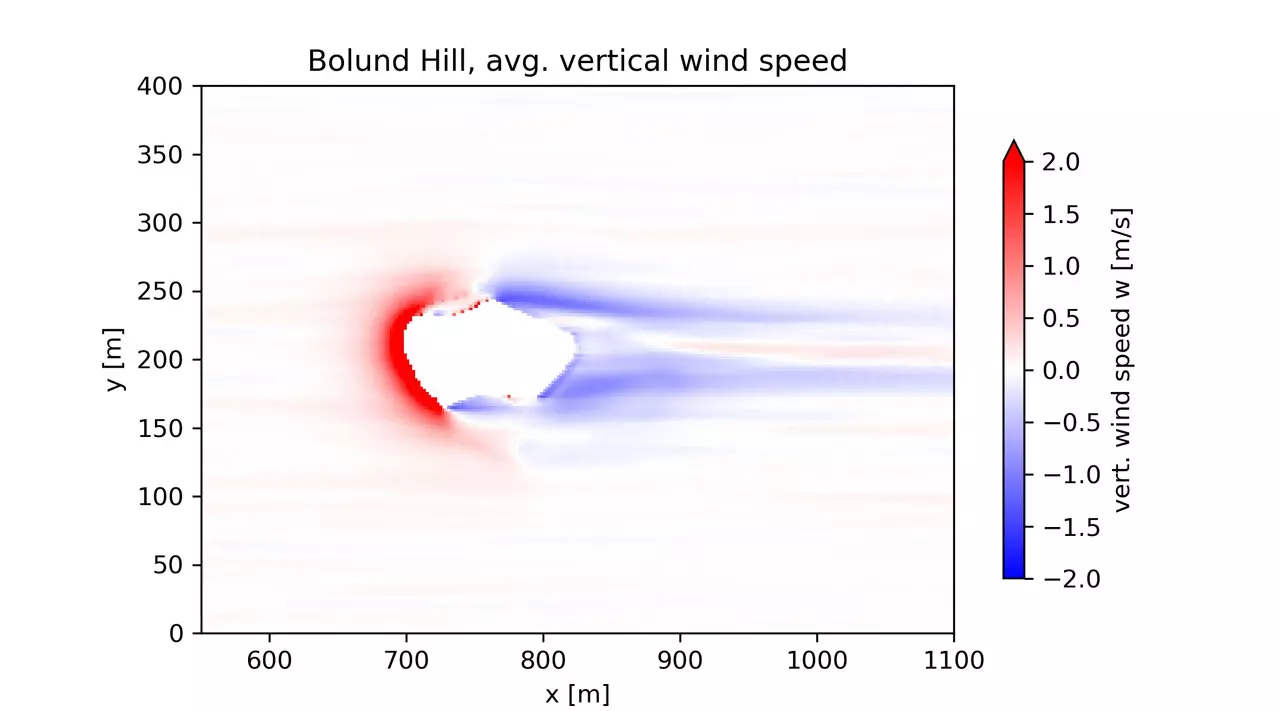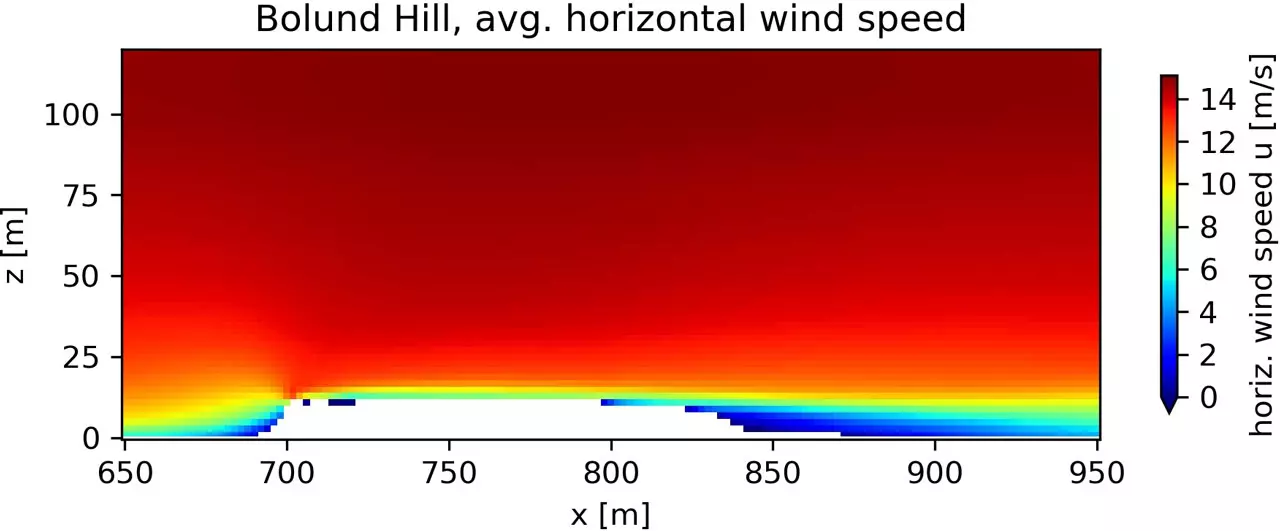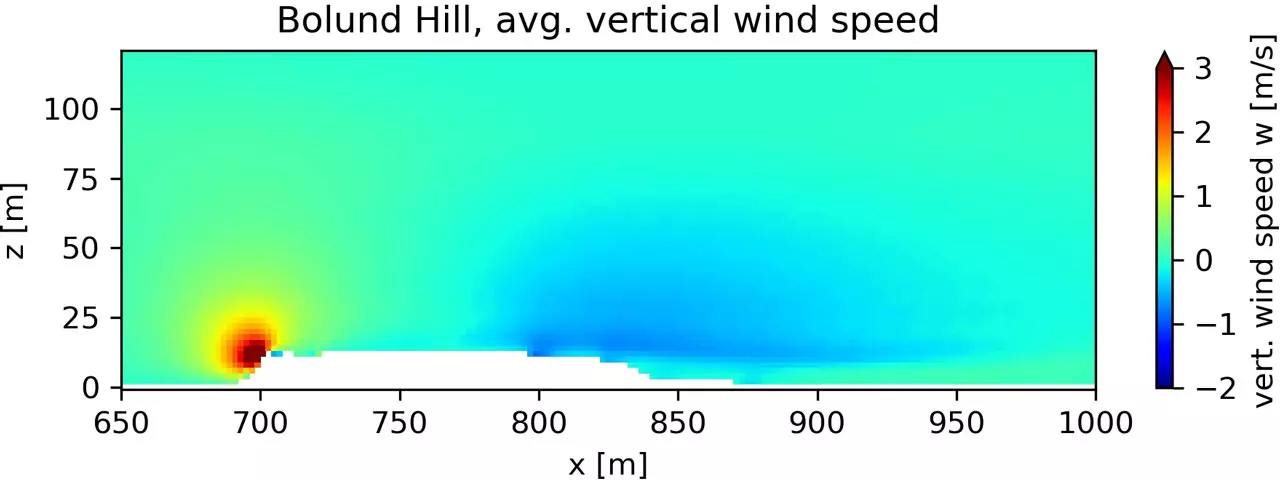Computing Cluster: Speedflyer
System Description
To run our numerical modeling tools and software, the Meteorology, Environment and Aviation group acquired and is maintaining a small, yet powerful computer cluster. The cluster, which we refer to as «Speedflyer», consists of four nodes, whereby two pairs are identical. In 2018, the first two nodes were acquired, to which in 2020 two more powerful nodes were added. The first pair of nodes from 2018 feature each two Intel Xeon Platinum 8164 processors with 26 CPU cores, 768 GB of RAM and 140 TB of storage, which resulted in a total of 104 usable CPU-Cores, 1536 GB of RAM and 220 TB of storage in RAID6 configuration. For the internodal communication high speed InfiniBand interfaces are used. The newer nodes that were added in 2020 each feature two AMD Epyc 7742 processors with 64 cores, 512 GB RAM and 48 TB of storage. With that, a total of 256 CPU cores are available for high performance tasks. With this setup the cluster proves time after time to be a valuable tool to shorten the time to result for complex simulation tasks, with the ability to run our simulations around the clock. Due to the team’s affinity to the Swiss mountains, the first two nodes of Speedflyer are named “Castor” and “Pollux”, named after the “twin” mountains located in the Monte Rosa massif in the Valais alps. The later added nodes were named “Weisshorn” and “Schwarzhorn”, which are two other distinctive peaks in the Grisons.
The first two speedflyer nodes are configured with the server version of Linux Ubuntu 18.04.3 LTS, the newer nodes are running on Ubuntu 20.04.3 LTS. The usage of the Environment Modules package allows an easy reconfiguration of the cluster to various use cases of our diverse user base. Among our users are of course the Meteorology, Environment and Aviation group, who perform simulations with numerical weather models such as PALM and WRF and other codes. Furthermore, in terms of air traffic research, the cluster is used for Collision Risk Modeling in the scope of projects at the Centre for Aviation. In the future, the Aerodynamics group of the Centre for Aviation will also be a user of the speedflyer cluster running open-source computational fluid dynamic codes like OpenFOAM and SU2, of which the former is already operational on the cluster.
Speedflyer Applications
PALM Modelling System:
The PALM Model System is a modern meteorological weather modelling system that is well suited for studies of the processes in the planetary boundary layer and for urban climate simulations. PALM is a large eddy simulation tool and is optimized to run on massive parallel computing architectures, allowing high resolution simulations. Unlike other numerical weather prediction models, PALM is based on a cartesian grid, permitting the representation of topography and buildings more accurately than the use of terrain-following pressure coordinates would allow. With its built-in radiation and land surface models and its capability for large scale forcing and grid nesting, terrain can be accurately parametrized; this permits simulations with very realistic boundary conditions and high resolutions in the areas of interest. With our speedflyer cluster, we can handle computationally heavy simulations in an appropriate timeframe.
At the Centre of Aviation, we apply PALM in practical scenarios and generate data for informed decision making and to gain insights into the intricacies of flows in complex terrain. This is especially relevant in Switzerland with its unique location and weather phenomenon induced by the Alps. On the one hand, PALM is a well-suited tool for aviation-related studies in Switzerland providing new insights in accident investigations, educational purposes for pilots, and numerous research opportunities. On the other hand, PALM is currently intensively used for urban climate simulation studies, allowing the resolution of cold airflows and micrometeorological features.
Further Information
Bolund Hill Experiment
Field campaign by the Technical University of Denmark (DTU) to generate a dataset for validating models of flow in complex terrain.
Bolund Hill Experiment
Field campaign by the Technical University of Denmark (DTU) to generate a dataset for validating models of flow in complex terrain.



